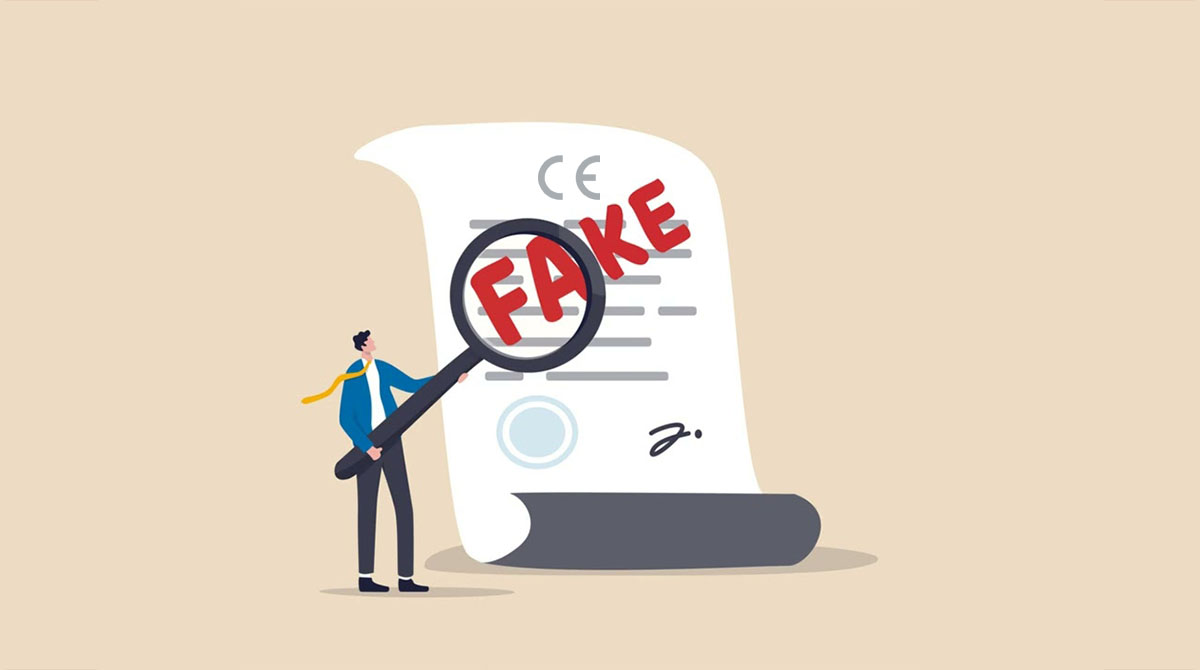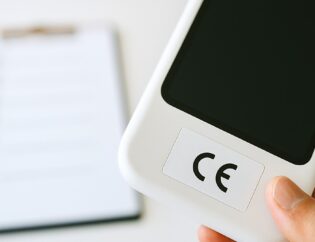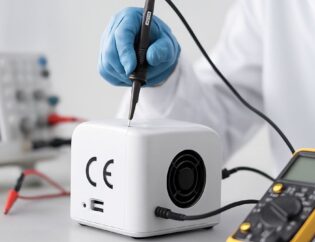
How to Tell the Difference Between a Genuine CE Certificate and a Fake One?
The CE certificate is an official mark indicating that products sold in the European Union (EU) market meet safety, health, and environmental protection requirements. It shows that the products comply with EU regulations and have passed certain tests. However, since fake CE certificates also exist in the market, it is important to distinguish between genuine and valid certificates.
Authenticity of the CE Certificate: Identity and Certificate Verification
A genuine CE certificate includes information about the Notified Body that issued the certificate. The CE mark is mandatory for products to be placed on the European market. If the certificate carries a Notified Body number, this number can be verified on the EU’s official website.
In fake certificates, the information is often incorrect or incomplete, and usually no valid Notified Body number is provided.
Certificate Format and Content
A genuine CE certificate contains details such as the product name, manufacturer information, place of production, and references to the relevant EU regulations with which the product complies. Fake certificates, on the other hand, may contain missing or contradictory information.
Valid certificates are also accompanied by manufacturer declarations and necessary test reports.
Certification Process and Inspection
To obtain a valid CE certificate, the manufacturer must ensure compliance with European standards in design, production, and testing processes. When required, the product is evaluated by a Notified Body before the CE certificate is issued.
Fake certificates, however, may be produced without these processes being completed, which poses risks in terms of product safety and quality.
Certificate Dates and Validity Period
Every CE certificate has a certain validity period. Fake certificates may contain incorrect or misleading validity periods. Genuine certificates clearly state the issuance and validity dates.
Importance of Reliability and Market Compliance
Genuine CE certificates prove that a product complies with EU legislation and are mandatory for entering the European market. Fake certificates, however, put both the manufacturer and the consumer at risk.
To verify the validity of a CE certificate, the above steps should be followed, and certificates must always be checked against official sources.
✅ In conclusion: The way to distinguish between a genuine CE certificate and a fake one is to check the issuing body, examine the certificate format, verify the inspection process, and confirm the validity dates. This way, you can be sure your product enters the EU market safely and legally.









